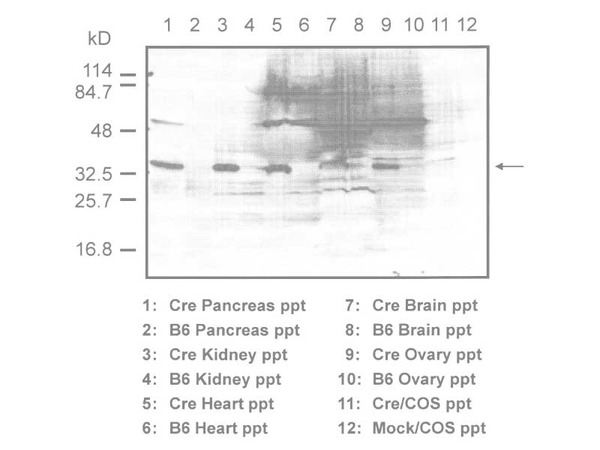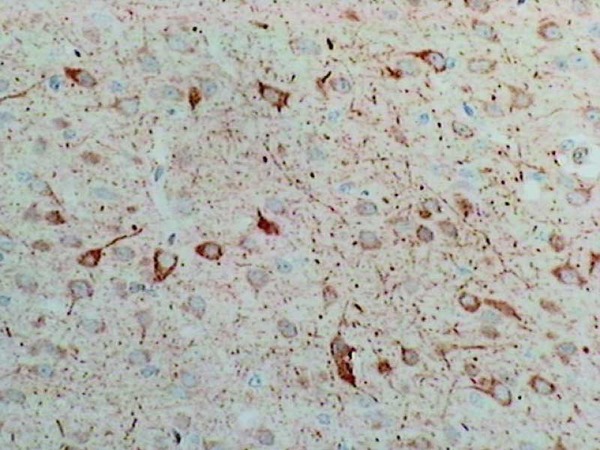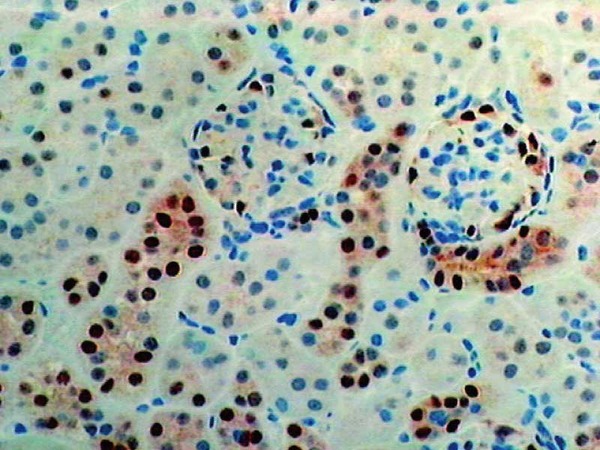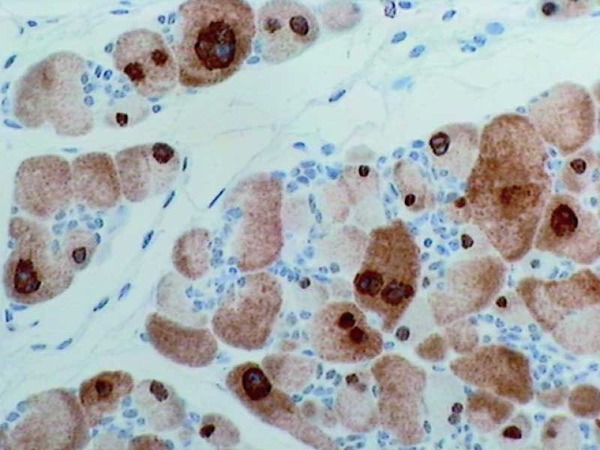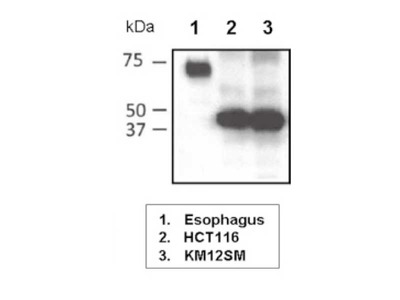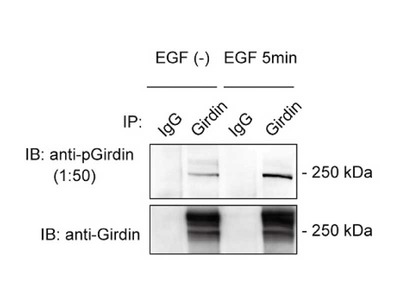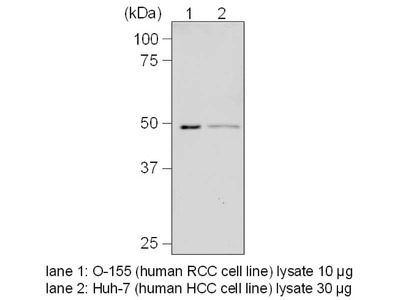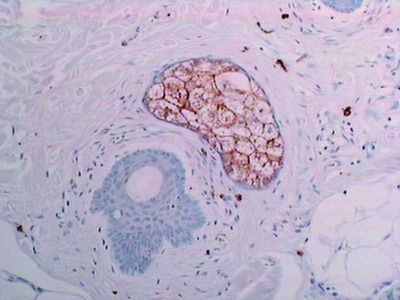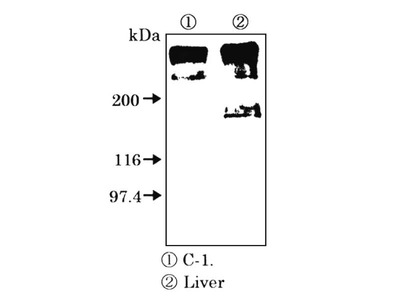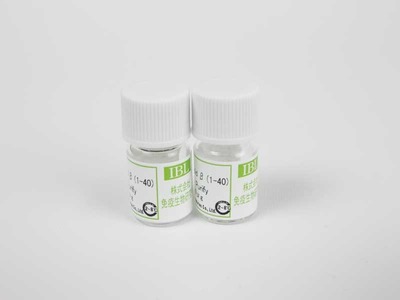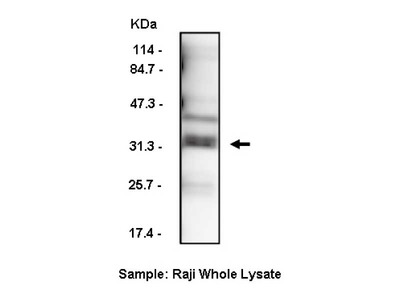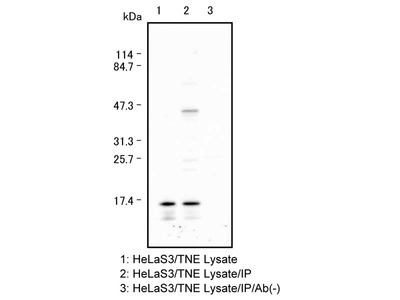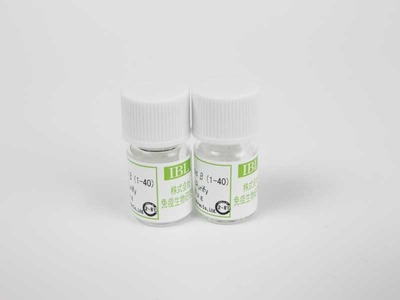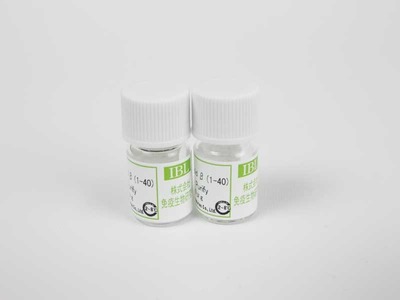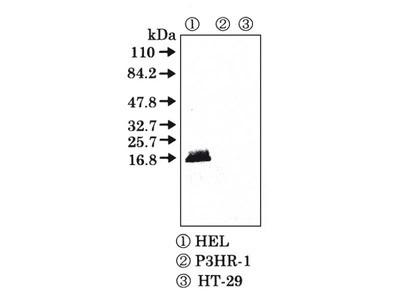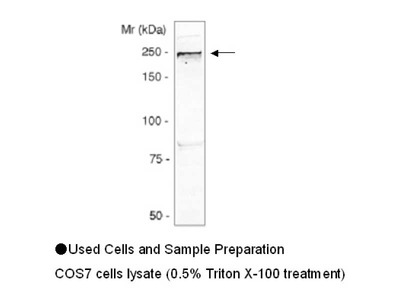- HOME >
- For Researchers >
- Product Search >
- Search Result >
- #18771 Anti- Cre recombinase Rabbit IgG Affinity Purify
Product Search
#18771 Anti- Cre recombinase Rabbit IgG Affinity Purify
- Intended Use:
- Research reagents
- Application:
- WB, IHC
- Package Size1:
- 50 μg
- Package Size2:
- 5 μg
- Note on Application Abbreviations
- WB:Western Blotting
- IHC:Immunohistochemistry
※ The product indicated as "Research reagents" in the column Intended Use cannot be used
for diagnostic nor any medical purpose.
※ The datasheet listed on this page is sample only. Please refer to the datasheet
enclosed in the product purchased before use.
Product Overview
Product Overview
| Product Code | 18771 |
|---|---|
| Product Name | Anti- Cre recombinase Rabbit IgG Affinity Purify |
| Intended Use | Research reagents |
| Application | WB, IHC |
| Immunizing antigen | Synthetic peptide of the middle part of Cre recombinase(MLHRRSGLPRPSDSNAV) |
| Purification Method | Affinity Purified with antigen peptide |
| Specificity | Confirmed by western blotting using Cre Cos/TNE sup. |
| Package Form | Lyophilized product from PBS containing 1 % BSA and 0.05 % NaN3 |
| Storage Condition | 2 - 8℃ |
| Poisonous and Deleterious Substances | Applicable |
| Cartagena | Not Applicable |
| Package Size 1 | 50 μg |
| Package Size 2 | 5 μg |
| Remarks1 | The commercial use of products without our permission is prohibited. Please make sure to contact us and obtain permission. |
Product Description
Product Description
Cre is a 38 kDa recombinase protein from bacteriophage P1 which mediates intramolecular and intermolecular site specific recombination between loxP sites. The role of Cre is to resolve dimers of P1 that arise after replication in order to allow partitioning of the two P1 molecules at cell division. A loxP site (locus of X-ing over) consists of two 13 bp inverted repeats separated by an 8 bp asymmetric spacer region. One molecule of Cre binds per inverted repeat or two Cre molecules line up at one loxP site. The recombination occurs in the asymmetric spacer region. Those 8 bases are also responsible for the directionality of the site. Two loxP sequences in opposite orientation to each other invert the intervening piece of DNA, two sites in direct orientation dictate excision of the intervening DNA between the sites leaving one loxP site behind. Thus, this precise removal of DNA can be used to eliminate an endogenous gene or transgene activate a transgene.

